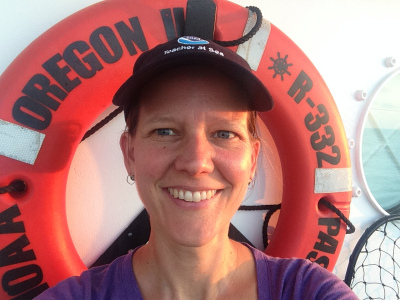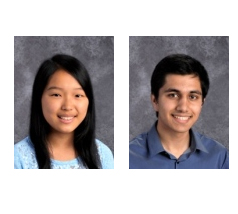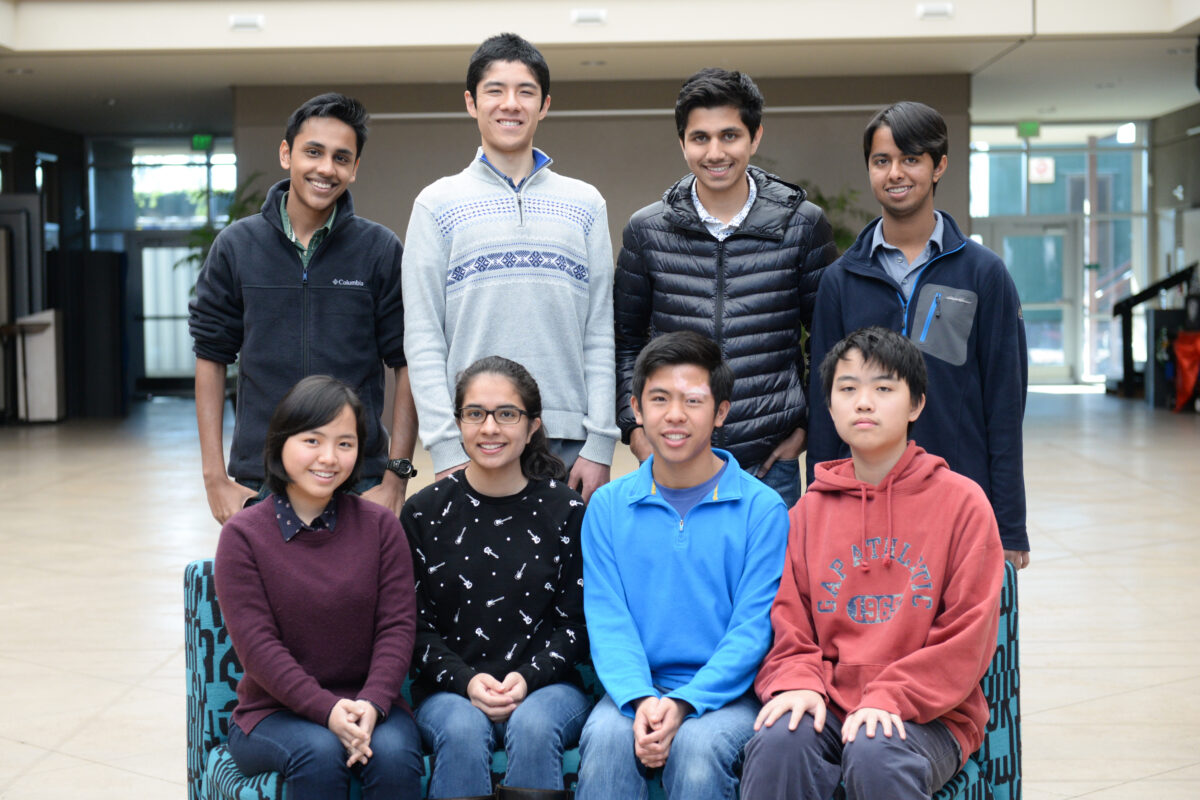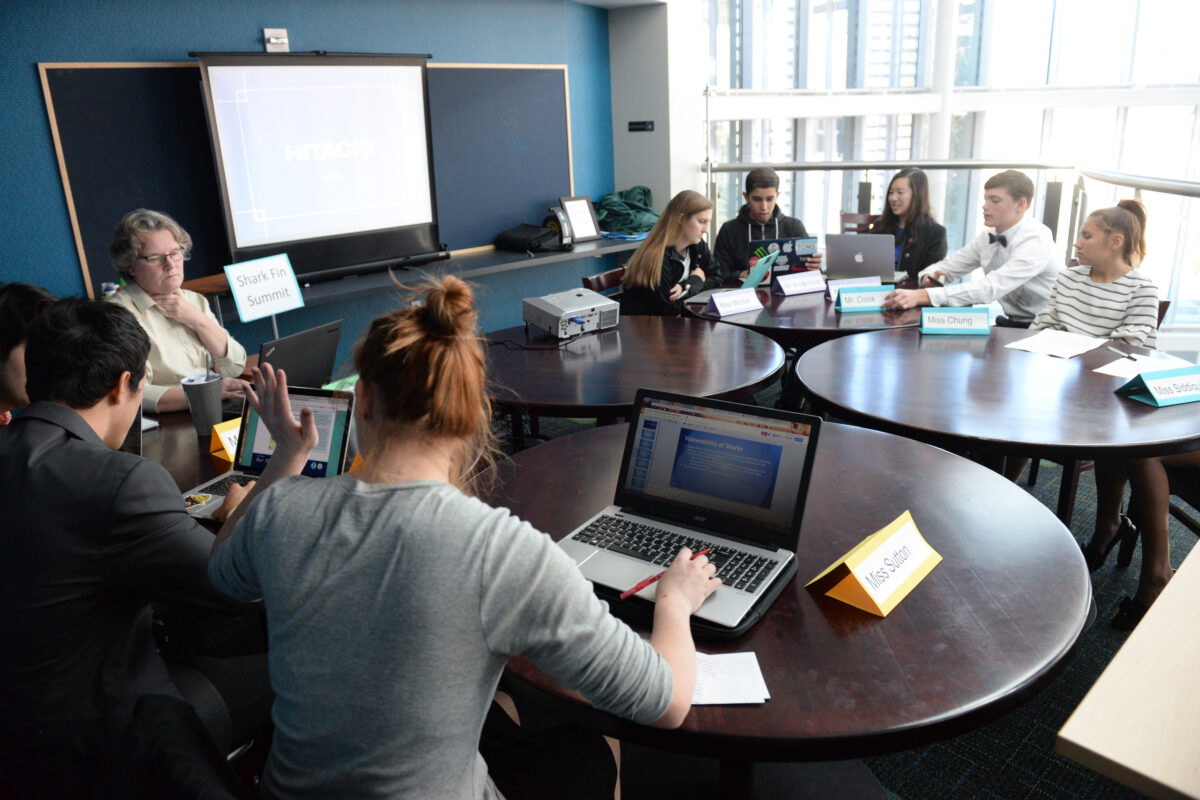Upper school science teacher Kate Schafer began a two-week survey in the Gulf of Mexico studying shark and red snapper populations — faculty development at its best!
Science
Grade 7 student named to top 300 in Broadcom MASTERS competition
Last week, Nidhya Shivakumar, grade 7, was named one of the top 300 students nationwide in this year’s Broadcom MASTERS science competition.
Four students among top scorers in 2017 Physics Bowl
Harker had a solid showing in the 2017 Physics Bowl, organized by the American Association of Physics Teachers. Rising seniors Swapnil Garg, Jimmy Lin…
2017 Synopsys Championship results
Harker students had another stellar year at the Synopsys Science & Technology Championship, which took place in late March. Two students – junior Amy Jin…
Two students receive Second Awards at Intel International Science and Engineering Fair
Two Harker students won awards at the Intel International Science and Engineering Fair, held last week in Los Angeles. Junior Amy Jin’s project, titled “Deep…
2017 Research Symposium explores the minds of machines
Update: Here is the playlist of videos of speakers at the Harker Research Symposium. Topics ranged from AI to VR/ML to rockets! Students who…
Science Bowl team headed to nationals after winning regional competition
On Feb. 11, Harker’s Science Bowl team won the regional competition held at the Stanford Linear Accelerator’s National Accelerator Laboratory. Senior Venkat Sankar and…
STEM Buddies organizes first lower school visit
On Feb. 6, several members of Harker WiSTEM (Women in Science, Technology, Engineering and Mathematics) headed to the lower school for a first-ever STEM…
[UPDATED] Three Harker students named STS finalists, most from any school in the country
Seniors Evani Radiya-Dixit, Arjun Subramaniam and Manan Shah were selected as three of the 40 national finalists in this year’s Regeneron Science Talent Search,…
Marine biology students learn where science meets politics at Shark Fin Summits
Last month, Kate Schafer’s marine biology students took part in the Shark Fin Summits, in-class events that had students deliberate and come to a…







